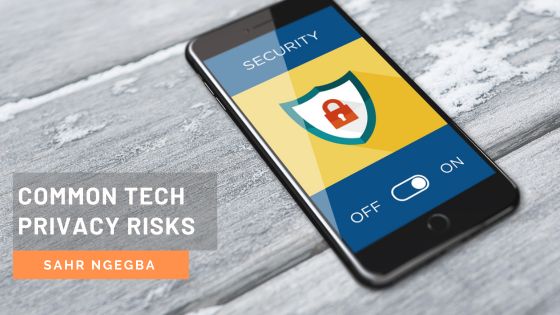In the digital age, technology has become an inseparable part of life, offering unprecedented convenience and connectivity. However, this advancement comes at the price of privacy. Every day, vast amounts of personal information are collected, stored, and sometimes misused, leading to significant privacy risks. Understanding these risks is crucial in an era where data breaches, identity theft, and intrusive surveillance have become increasingly common. From social media to smart devices, our digital footprint is more significant than ever, making privacy more vulnerable.
The concept of privacy in the digital world has evolved dramatically. Initially, concerns were limited to basic personal information shared over the internet. But now, with artificial intelligence and the Internet of Things, the scope of private data collection has expanded exponentially. This includes browsing habits and location data to biometrics and personal conversations.
Companies and entities collect this data for various purposes, from improving user experience to targeted advertising and market research. The issue arises when the data is mishandled, either inadvertently through security lapses or deliberately through unauthorized selling or exploitation.
Additionally, government surveillance programs have raised concerns about how personal data can be accessed. With laws and regulations struggling to keep pace with technological advancements, there is a growing unease about how personal information is protected.
These developments have increased public awareness and demand for better data protection. However, understanding the risks associated with everyday technology use remains challenging for many.
Data Breaches and Hacking
Data breaches and hacking are among the most direct threats to privacy in the tech world. A data breach is often due to inadequate security measures. These incidents can range from targeted attacks by hackers to accidental exposure due to human error or system vulnerabilities.
Hackers employ various methods to breach defenses, including phishing, malware, and exploiting software vulnerabilities. The consequences can be severe, from identity theft to financial loss. Personal information, once leaked, can be almost impossible to reclaim fully.
The problem is exacerbated by the fact that many users remain unaware of the best practices for online security. Simple measures like using strong, unique passwords and enabling two-factor authentication are often overlooked. Moreover, many individuals and companies fail to update their software, leaving known vulnerabilities unpatched.
With the increasing sophistication of cyberattacks, individuals and organizations must prioritize robust security measures and stay informed about emerging threats to protect their data effectively.
Invasive Tracking and Profiling
Another significant privacy concern is the pervasive tracking and profiling of online activities. Many websites and apps collect data about user behavior, often without explicit consent or awareness. This data creates detailed profiles, predicting personal preferences and behavior and influencing decision-making.
Digital cookies play a significant role in this process. While they can enhance user experience by remembering login details and preferences, they can also track users across different websites, creating a comprehensive picture of their online activities.
Location tracking is another aspect that has raised privacy concerns. Smartphones, smartwatches, and even cars can continuously transmit location data, allowing companies to know where an individual is at any given time.
The impact of such detailed profiling can range from targeted advertising to more insidious forms, like price discrimination and manipulation of political opinions. The challenge lies in balancing personalization with privacy.
IoT and Smart Device Vulnerabilities
These devices, ranging from smart thermostats to fitness trackers, collect vast amounts of personal data, often processed and stored in the cloud.
The primary concern with IoT devices is their security vulnerabilities. Many of these devices have weak or no encryption, easy-to-guess default passwords, and lack regular software updates, making them easy targets for hackers. Once compromised, these devices can be used to access personal networks or collect sensitive personal information.
Additionally, there’s the concern of constant surveillance. Smart home devices like security cameras and voice assistants can inadvertently record private conversations or activities. If unauthorized parties access this data, it could lead to significant privacy invasions.

